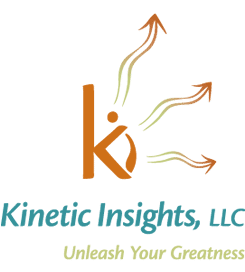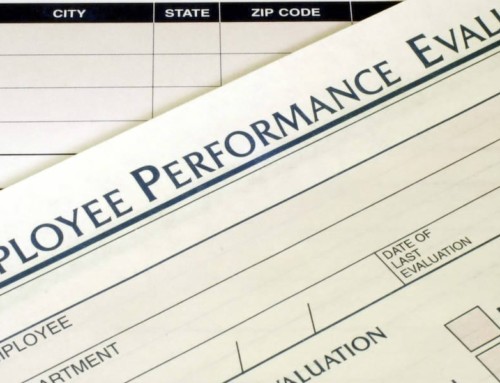Thought leaders have coined the current business environment ‘VUCA’ – volatile, uncertain, complex and ambiguous. The ‘VUCA’ environment requires organizations to become agile, responsive, innovative, and able to look around the corner quicker if they are to remain competitive. As a consequence, culture has advanced to the forefront of the leadership agenda, yet, many executives are reluctant to deal with it; it seems beyond the ability of mere mortals.
Before talking about whether or how to change culture, let’s clarify what organizational culture is and where it comes from. Typically, culture is referred to as ‘the way we do things around here.’ This is accurate enough, but begs the question ‘why are things done the way they’re done?’ In addition to the obvious influences – founder, leaders, structure, systems, rewards, geography, and history – Edgar Schein, MIT professor and recognized culture guru, explains that culture is the aggregated values, beliefs and behaviors that arise as a group solves internal and external problems. Shared assumptions develop and over time become taken for granted and invisible to the members; yet, those assumptions determine much of the group’s behavior.
In this way, culture (unconsciously) impacts the way members of the group think and behave. Herein lies the challenge: as organizations develop strategies to adapt to the new environment and pursue new opportunities, (even when they do a bang-up job of clearly communicating the business direction and expectations of members), if those strategies and expected behaviors are incongruent with the existing culture, they will fail. It is widely agreed that change efforts fail to produce the intended ROI 75% of the time, and the failures are often attributed to rejection by the culture. There are five critical actions that organizations must take so that their culture aligns with and enables the new strategies and implementation of operational changes.
- Focus on the critical few: DO NOT attempt to overhaul your culture. Assess the current culture in order to understand the cultural elements in which current practices and behaviors are grounded. Shift only the critical few values, beliefs and behaviors that are required to enable new ways of thinking and behaving.
- Acknowledge and honor the values, beliefs, and behaviors that have contributed to the soul and success of the organization. Preserve those that are assets going forward.
- Start at the top: culture change is an inside-out and top-down process. You can’t DO culture change. As leaders – individually and collectively – you must BE the values, beliefs and behaviors that you desire in the organization. Begin the cascading process only after leaders own and exemplify the new culture.
- Engage members in the process, providing opportunities to influence the strategies and how to implement them. Whether you use technology or dialogue, deep insights and fresh ideas will emerge from unexpected places, and move the alignment needle from knowing to believing.
- Reinforce the new cultural through formal and informal systems: leadership, performance management, talent management, and organizational storytelling. Promoting just one leader who is not aligned with the desired culture will ripple through the organization and drive skepticism.
So, is your strategy wishful thinking? If it requires new mindsets and behaviors, and you’re not taking the necessary steps to shift your culture, the answer is clearly yes. Jon R. Katzenbach, consultant with McKinsey and Company for over 30 years, reports “… we’ve found that almost every enterprise that has attained peak performance…..sees culture as a competitive advantage—an accelerator of change, not an impediment.” (Katzenbach, Culture Change That Sticks, Harvard Business Review, 2012). When done right, aligning an organization’s culture with their strategies will yield significant results. And, it can be done by mere mortals.
At Kinetic Insights, our PathFinders are skilled in helping leaders unleash the greatness in themselves and in their organizations. Call or email us for a quick discussion that just might put you and your team on the path to significant change.
Kristi Thompson, a seasoned professional with more than 25 years experience, devotes herself to aligning people and processes to meet strategic goals with direct impact on an organization’s bottom line.











Leave A Comment